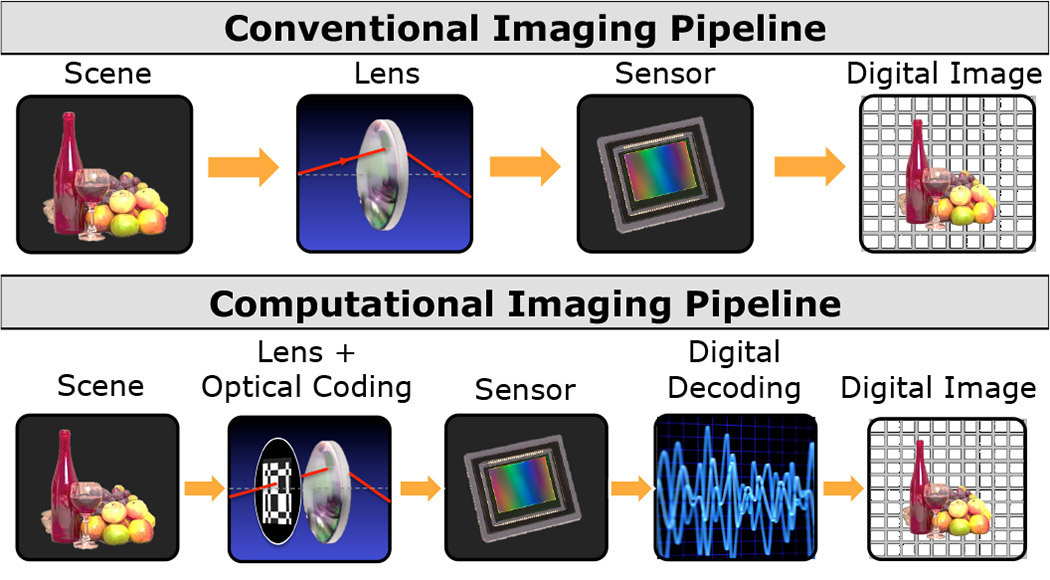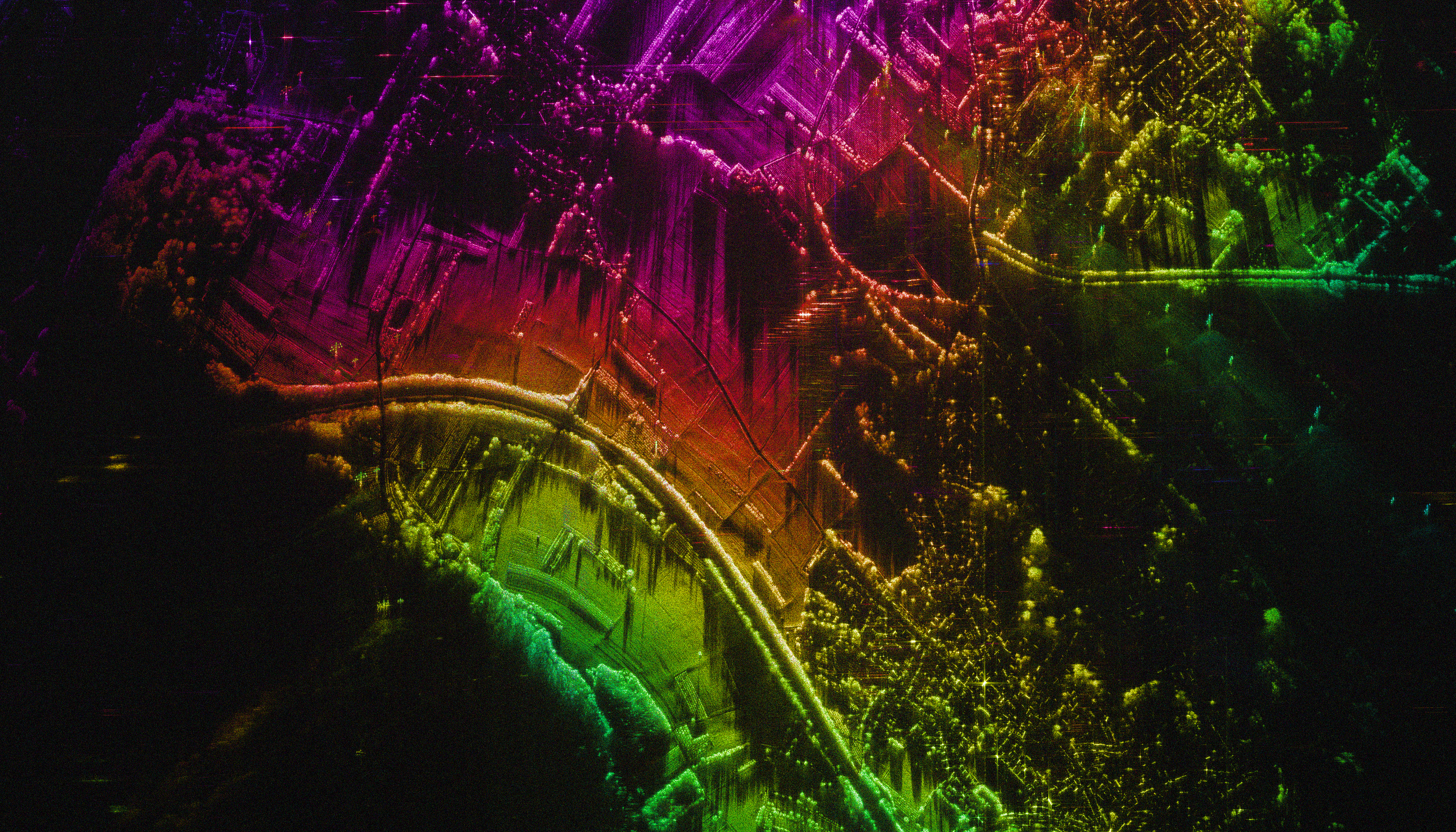
- Dozent/in: Ivo Ihrke
- Dozent/in: Syed Muhammad Kazim
- Dozent/in: John Meshreki
- Dozent/in: Holger Nies
- Dozent/in: Ivo Ihrke
- Dozent/in: Holger Nies

Signals and Systems
This lecture gives electrical engineering and computer science students useful tools and an understanding of signals, their properties, and behavior after being manipulated by different types of systems.
- Dozent/in: Ivo Ihrke
- Dozent/in: Holger Nies

SAR stands for Synthetic Aperture Radar. This imaging radar method has established itself in recent years as an indispensable imaging method in remote sensing of the earth, especially in the field of environmental observation.
The student will learn the basics of how to use the principle of synthetic aperture to improve the geometric resolving power and thus how to use radar sensors for image acquisition. The influences of waveform, wavelength, antenna, acquisition geometry and the properties of the scene on the obtained radar image are presented and explained to the students.
The knowledge gained is applied by processing real radar data.
Knowledge of signals and systems (SiSy I+ II) is desired but not required.
- Dozent/in: Holger Nies